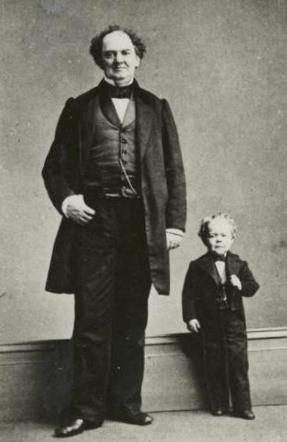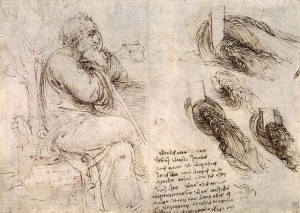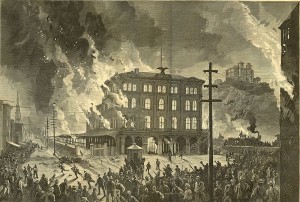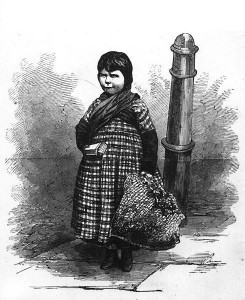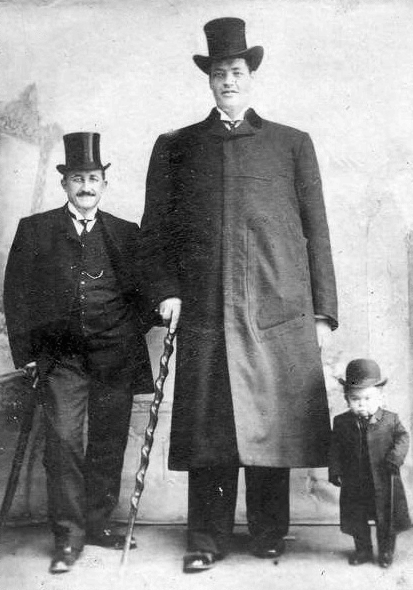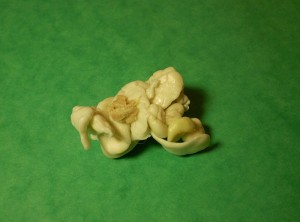James Gray’s beautiful 2008 romantic drama was largely lost in the wreckage of Joaquin Phoenix’s misguided, well-calibrated and public “mental breakdown,” which served as a test run of sorts for Charlie Sheen’s sadly real and much more interesting one. Making the stupid stunt even more maddening is that Two Lovers contains the best performance of Phoenix’s career.
Leonard Kraditor (Phoenix) is recently out of a mental hospital but not nearly out of danger. A broken engagement led to a suicide attempt and once liberated from the facility Leonard spends time in between subsequent attempts to do himself in by working at his father’s Brooklyn dry cleaners and taking gorgeous black-and-white photographs of street scenes. Into his life come two very different women: Sandra (Vinessa Shaw), the daughter of his father’s business partner who yearns to tend to his wounded, sensitive soul; and his druggie next-door-neighbor, Michelle (Gwyneth Paltrow), who is caught up in a destructive romance with a married man.
Leonard is trapped between what’s right and what feels right, dating the stable woman but longing for the one whose inner turmoil matches his own. But as he’s forced to make a choice he realizes that perhaps the choice isn’t his, and that the decisions made for us are almost always less satisfying than the ones we make ourselves, whether they’re for the best or not.•
Recent Film Posts:
- Classic Film: The Man in the White Suit (1951)
- Classic Film: 8 1/2 (1963)
- Classic Film: Zelig (1983)
- Classic Film: Fahrenheit 451 (1966)
- New Film: Waste Land.
- Classic Film: Woman in the Dunes (1964)
- Classic Film: RoboCop (1987)
- Classic Film: King of Comedy (1982)
- Strange, Small & Forgotten Films: Little Murders (1971)
- Classic Film: The Passenger (1975)
- New Film: Dogtooth
- Strange, Small & Forgotten Films: Rivers and Tides (2003)
- Classic Film: F for Fake (1974)
- New Film: The Art of the Steal
- Classic Film: The Man Who Fell to Earth (1976)
- Classic Film: Fast, Cheap & Out of Control (1997)
- Classic Film: Umberto D. (1952)
- Classic Film: The Wicker Man (1973)
- Classic Film: Blow-Up (1966)
- Classic Film: Invasion of the Bodysnatchers (1978)
- Classic Film: The Stepford Wives (1975)
- Classic Film: Rollerball (1975)
- New Film: Exit Through the Gift Shop
- Strange, Small & Forgotten Films: Stay Hungry (1976)
- Classic Film: Westworld (1973)
- Classic Film: Slacker (1991)
- Strange, Small & Forgotten Films: Decasia: The State of Decay (2002)
- Classic Film: 32 Short Films About Glenn Gould (1993)



